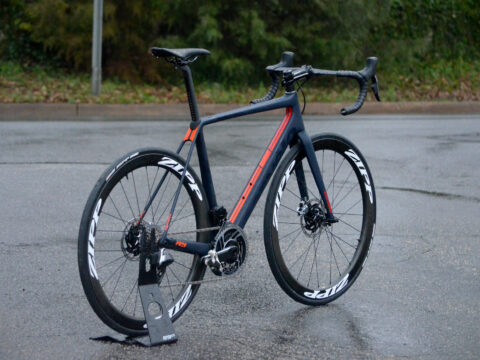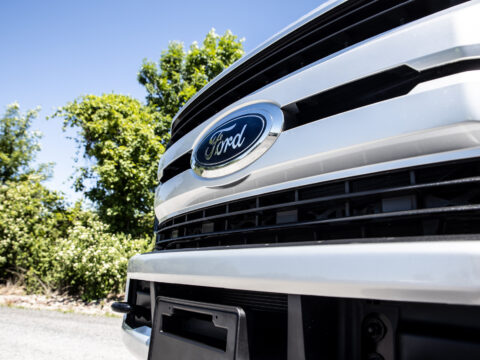Electric vehicles (EVs) represent a promising shift towards sustainability in the automotive industry, driven by the urgent need to reduce carbon emissions. As manufacturers race to innovate and capture the market, this surge in production has inevitably led to a range of outcomes. While many EVs have successfully pushed the boundaries of technology and consumer expectations, others have fallen dramatically short, plagued by issues such as poor range, lackluster performance, and reliability concerns.
These underperforming models serve as important lessons in the rapidly evolving sector of electric transportation. They highlight the challenges of balancing innovation with practicality and affordability. This article delves into a selection of electric cars that disappointed, examining the missteps and technical oversights that led to their lackluster reception and what this means for the future of electric vehicle development.
Contents
Fisker Karma (2011-2012)
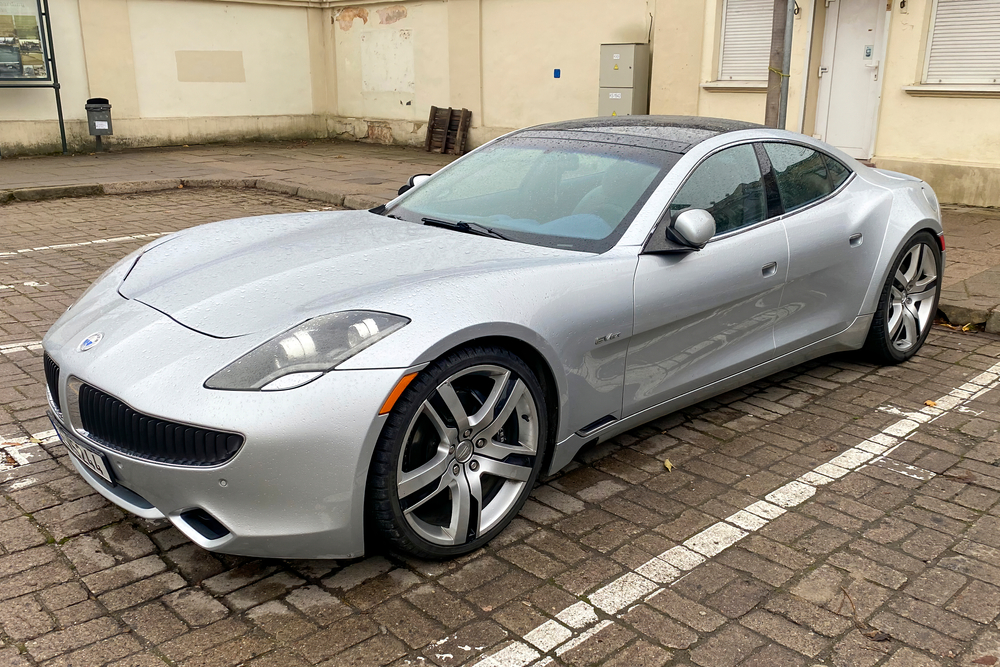
The Fisker Karma was plagued by recalls and a high-profile battery supplier bankruptcy. Its heavy weight and complex drivetrain led to poor efficiency and reliability, overshadowing its striking design.
Fiat 500e (2013-Present)

Despite its charming design, the Fiat 500e has been criticized for its impracticality, especially its limited range of just 84 miles and cramped interior. It was initially offered only in California to comply with state regulations, which limited its appeal and accessibility, making it more of a compliance car than a practical choice for consumers.
Ford Focus Electric (2011-2018)
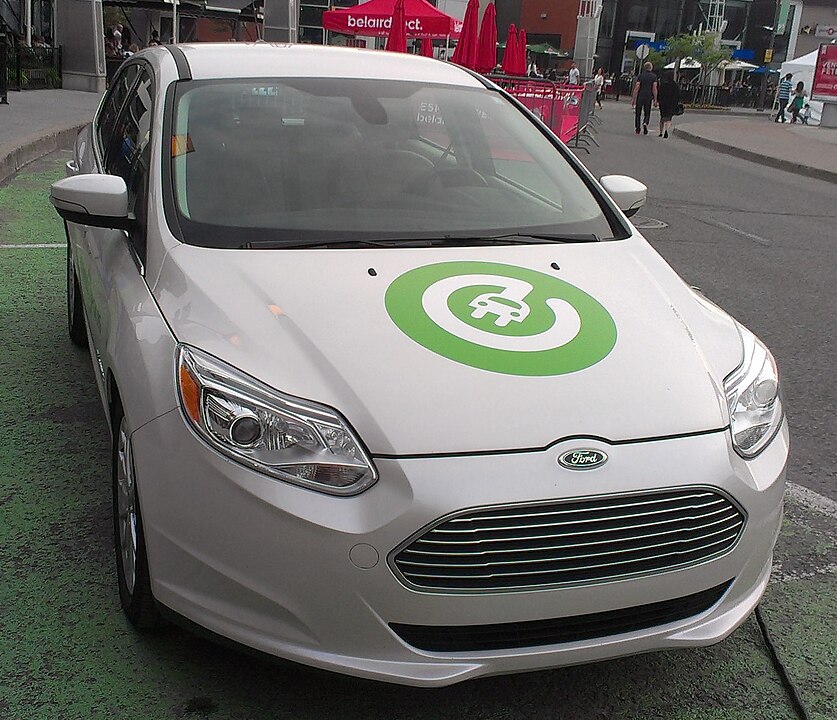
The Ford Focus Electric was plagued by a mere 76-mile range initially, which was later improved but still insufficient compared to competitors. Additionally, its high price tag and compromised trunk space due to the battery’s placement made it a less desirable option for many consumers looking for practicality alongside electric efficiency.
Chevrolet Spark EV (2013-2016)
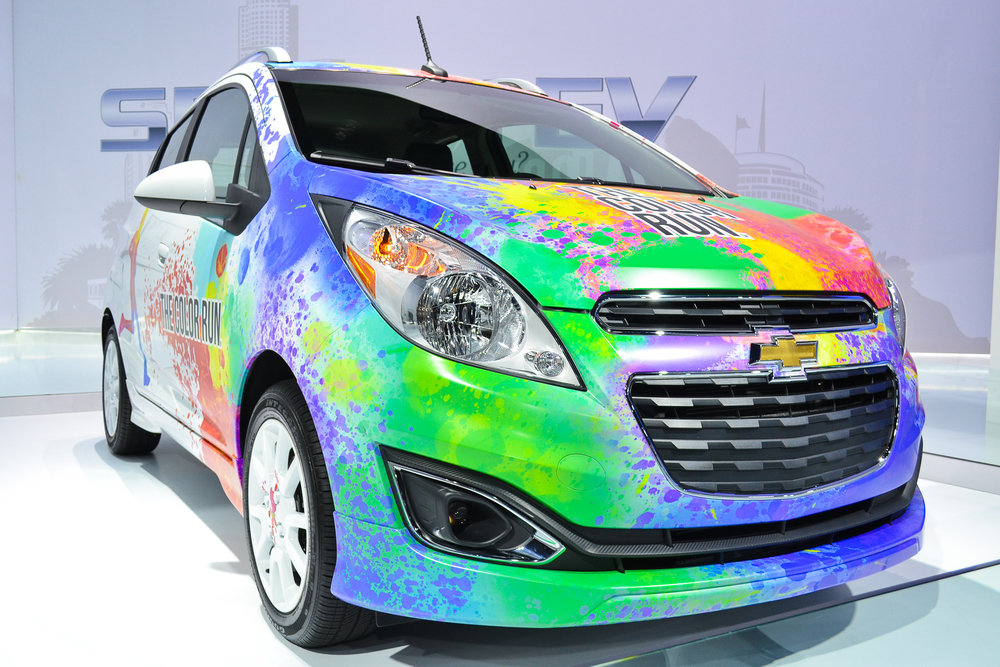
While zippy and fun to drive, the Chevrolet Spark EV was held back by its very limited sales area and a range of only about 82 miles. The car’s small size and lack of interior space also made it less practical for families or anyone needing more than minimal cargo capacity.
Honda EV Plus (1997-1999)

As one of the first battery electric vehicles offered by a major automaker, the Honda EV Plus was a pioneer, but it fell short with a range of only 80 to 100 miles and a high lease price. Moreover, it featured nickel-metal hydride batteries that were less efficient than the lithium-ion cells that later became standard in the industry.
Chevrolet Bolt (2016-Present)
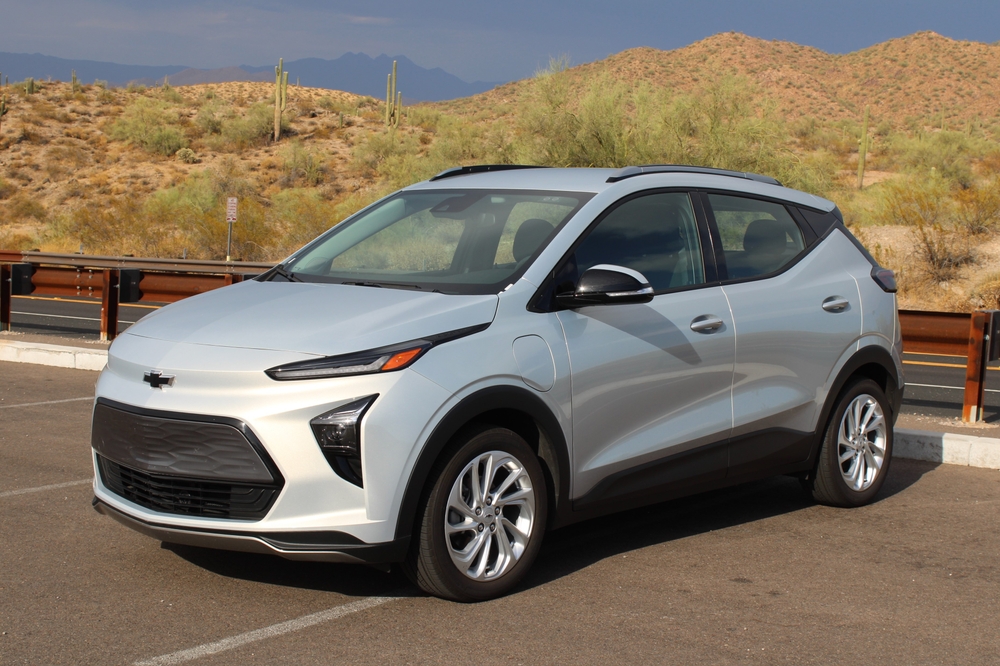
Despite its promising start, the Chevrolet Bolt has faced significant issues, most notably a series of battery fires that led to massive recalls. These safety concerns, coupled with the car’s relatively high price and compact dimensions, have tarnished its reputation.
Renault Fluence ZE (2011-2014)
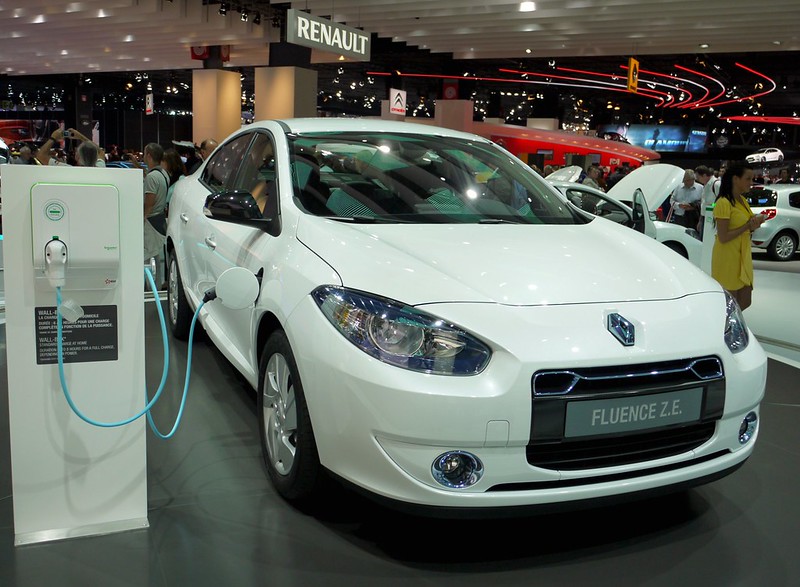
The Renault Fluence ZE was part of an innovative battery-swapping model that ultimately failed to take off. The vehicle was criticized for its limited range of about 115 miles and slow performance. Additionally, the discontinuation of the battery-swapping service left owners with depreciated assets and limited support.
Mitsubishi i-MiEV (2009-2017)

With a paltry range of 62 miles, the Mitsubishi i-MiEV was one of the least capable electric cars on the market. Its tiny size and odd styling didn’t help matters, making it a tough sell in a market where range and aesthetics were increasingly important.
Smart Fortwo Electric Drive (2012-2019)
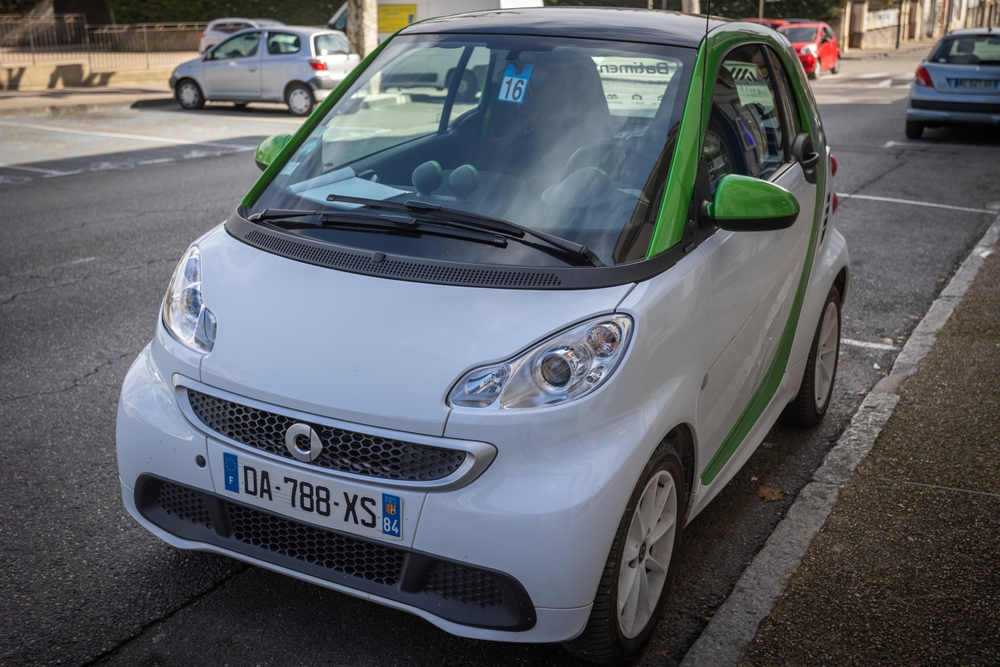
The electric version of the Smart Fortwo suffered from the same limitations as its gasoline counterpart – extremely limited cargo space and a choppy ride – but with the added drawbacks of a high price for its size and a modest range of around 68 miles.
BMW i3 (2013-Present)

The BMW i3 featured innovative carbon fiber construction and a unique design, but its high cost and peculiar rear-hinged back doors made it less practical. The range was initially just 81 miles, though this has been improved in later models.
Jaguar I-Pace (2018-Present)
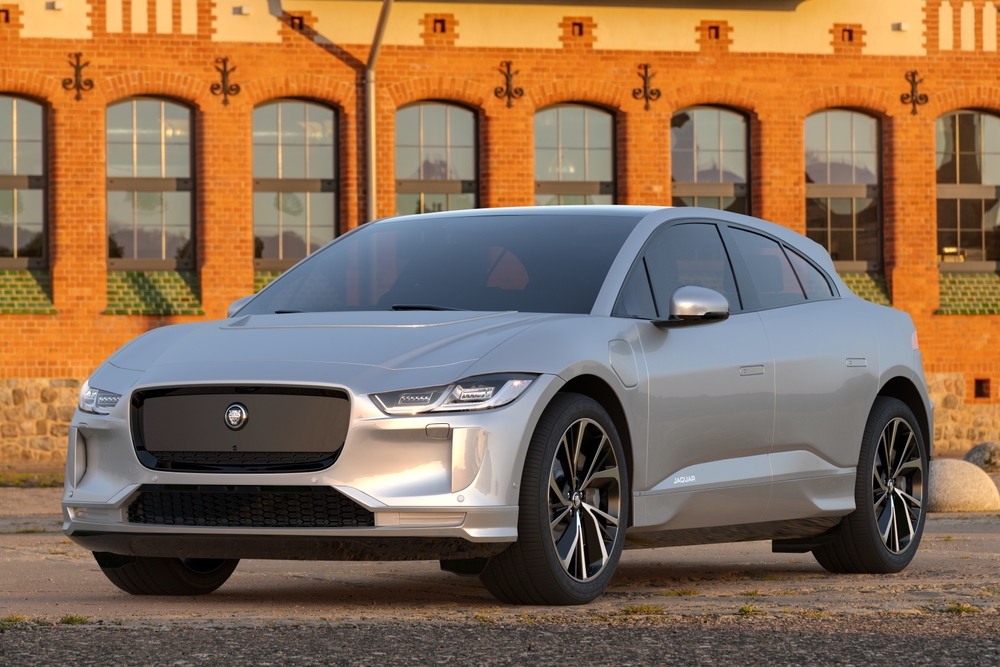
While not the worst by general standards, the Jaguar I-Pace has struggled with efficiency issues, providing less range per kWh than many competitors, which translates to frequent charging stops and higher operating costs.
Mercedes-Benz B-Class Electric Drive (2014-2017)
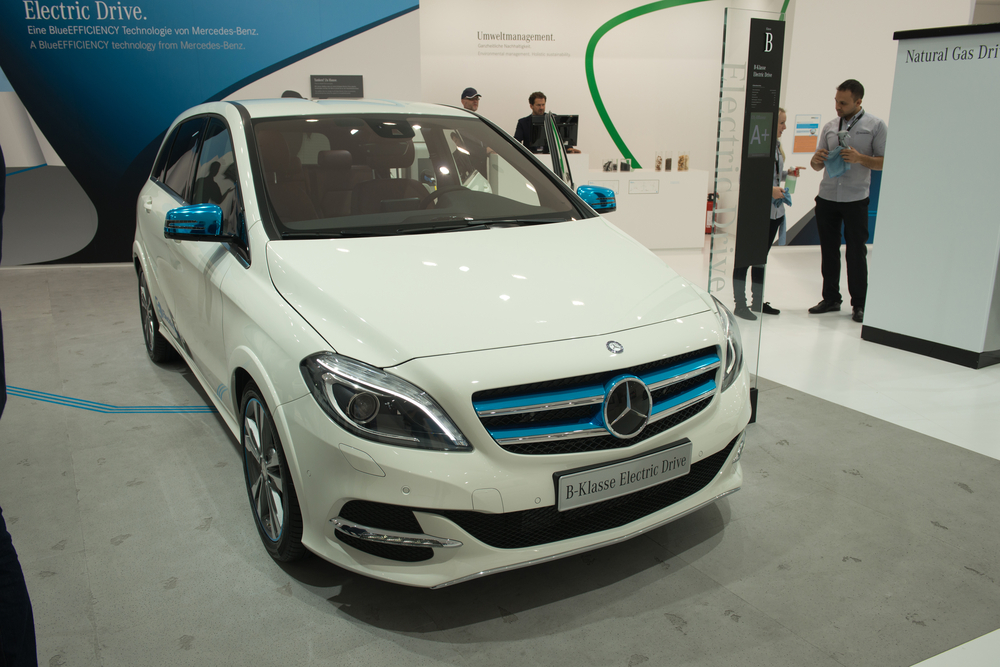
This model promised luxury but delivered an underwhelming electric performance with a limited range of about 87 miles. It also suffered from slow sales, partly due to Mercedes-Benz offering more advanced and better-equipped models soon after its release.
Coda Sedan (2012)
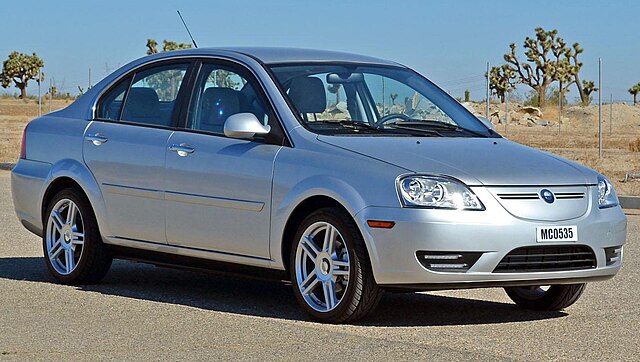
A forgotten name in the EV world, the Coda Sedan offered an unimpressive range and suffered from a generic design and a high price tag. It failed to attract buyers, leading to the company’s bankruptcy shortly after the car’s launch.
This article originally appeared on MyCarMakesNoise.
More from MyCarMakesNoise
10 Budget-Friendly RVs for First-Time Buyers

Venturing into the world of RV travel can be exhilarating, but the wide range of options and prices can be overwhelming for first-time buyers. This is why choosing a budget-friendly RV that doesn’t compromise on quality and essential features is crucial. Read More.
10 Unusual Spacecraft Designs That Defied Convention

Venturing into space has always demanded audacious ideas and bold engineering. Throughout history, visionaries and engineers have dared to think outside the conventional pathways, proposing spacecraft designs that stretch the imagination and challenge the status quo. Read More.
15 High-Performance Sports Cars That Didn’t Sell

In the world of automobiles, high-performance sports cars often represent the pinnacle of engineering prowess and design sophistication. These vehicles are built to deliver exhilarating speed, precise handling, and an undeniable allure that captivates car enthusiasts around the globe. Read More.



